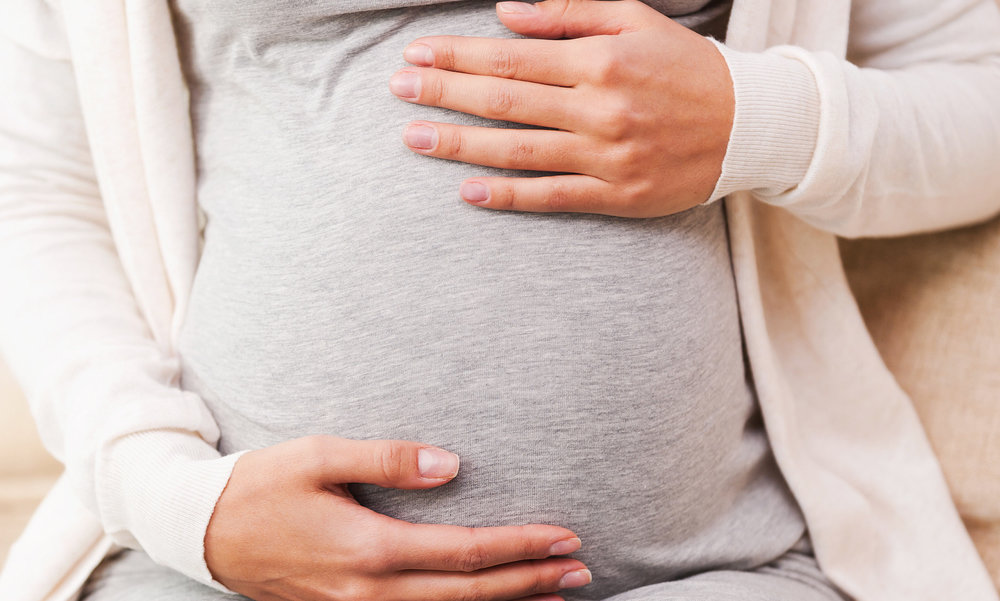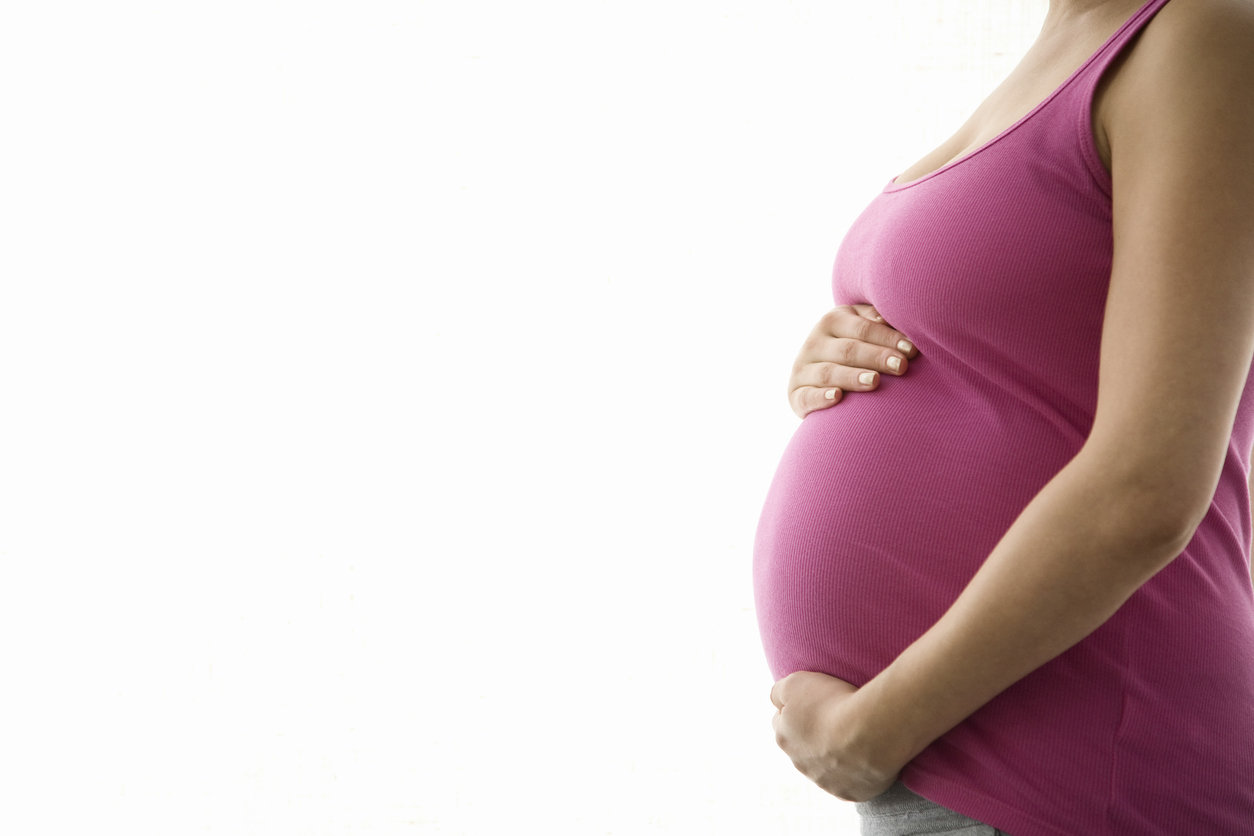
Lauren Cotter was born with two vaginas and a double uterus but had no idea. When she was 14 years old, she started having very heavy bleeding and painful cramps during menstruation. For a while, she thought she had polycystic ovary syndrome, but when she was 16 she had an ultrasound that led to her being diagnosed with uterus didelphys, which is a condition where a woman is born with two uteri and sometimes–like in Lauren's case–two vaginas.
More from MamásLatinas: Reasons your period may be late
A few months later, Lauren had surgery that removed the dividing wall between her two vaginas, leaving her with just one. "All I remember is being told I was going to need surgery to give me a normal life later down the line, but they didn't go into any specifics," she said in an interview published in the Sun.
The surgery left Lauren with just one vagina on the outside, but on the inside, she still had two uteri. Because they are half the size of a normal uterus, Lauren was told by her doctor at the time of her diagnosis that having children would be unlikely. But that did not prove to be the case.
Lauren is now the mother of four children, including a set of "surprise" twins. Her story is remarkable, and so are her two uteri.
What exactly is uterus didelphys?
About 1 in 3,000 women are born with uterus didelphys, or a double uterus. It is considered a rare congenital abnormality.
Basically, what happens is that in a female fetus, the uterus begins as two small tubes that eventually become one and create what ends up being the uterus. When those tubes don't join, each one becomes a uterus. A double uterus can have one or two openings into the vagina. Also, often the vagina is separated by a thin wall splitting it into two.
Women with a double uterus can still get pregnant and have children, but their risk of miscarriage or premature birth may increase because of the condition.
Lauren had no problem getting pregnant.
A year after being diagnosed with uterus didelphys, Lauren met Ben–the man who would become her husband. They married in Melbourne, Australia, in 2012, and after a year of being married, they started trying for a baby.
Lauren had been very up front with Ben about her condition, because she knew that having children was important to him. “From quite early on, Ben and I discussed having children and it was clear that he really wanted to be a dad,” she shared with PA Real Life. “I knew I had to be open and honest and tell him that might not be a possibility for me.”
Much to their delight, the couple got pregnant and had their first child, Amelie, on June 12, 2014, via C-section. Remember that Lauren has two wombs; Amelie developed in Lauren's right womb.
Then Lauren got pregnant again.

Well, about a year and a half after having Amelie, Lauren got pregnant again, but this time the baby was in her left womb. That child, Harvey, was born prematurely at 33 weeks. He was tiny and had a hard time swallowing, but after three weeks in the hospital, he was sent home.
Then came the surprise twins!

After Harvey was born, Lauren opted for a contraceptive implant that is 99% effective in preventing pregnancy. Lauren thinks she might have gotten pregnant the day she got the implant because of a misunderstanding about when the device would effectively start preventing pregnancy. Anyway, she ended up getting pregnant with TWINS!
Because of her condition, she was put on strict bed rest starting at 19 weeks. At 37 weeks, on June 5, 2018, Maya and Evie were delivered by C-section. Evie had some difficulties in the beginning, but now both of the twins and their mother are doing great.
Lauren decided to get her fallopian tubes removed when she had the twins because she and Ben are good with the number of kids they currently have. "Ben and I are one super fertile couple, and now we’re happy with things just as they are," she joked.
What are the signs of uterus didelphys?

A lot of the times, the condition causes no symptoms and is only found during a pelvic exam. Some possible signs are continued bleeding during your period even after you put in a tampon, severe pain during menstruation, or repeated miscarriages. Talk to your doctor if you are concerned.




